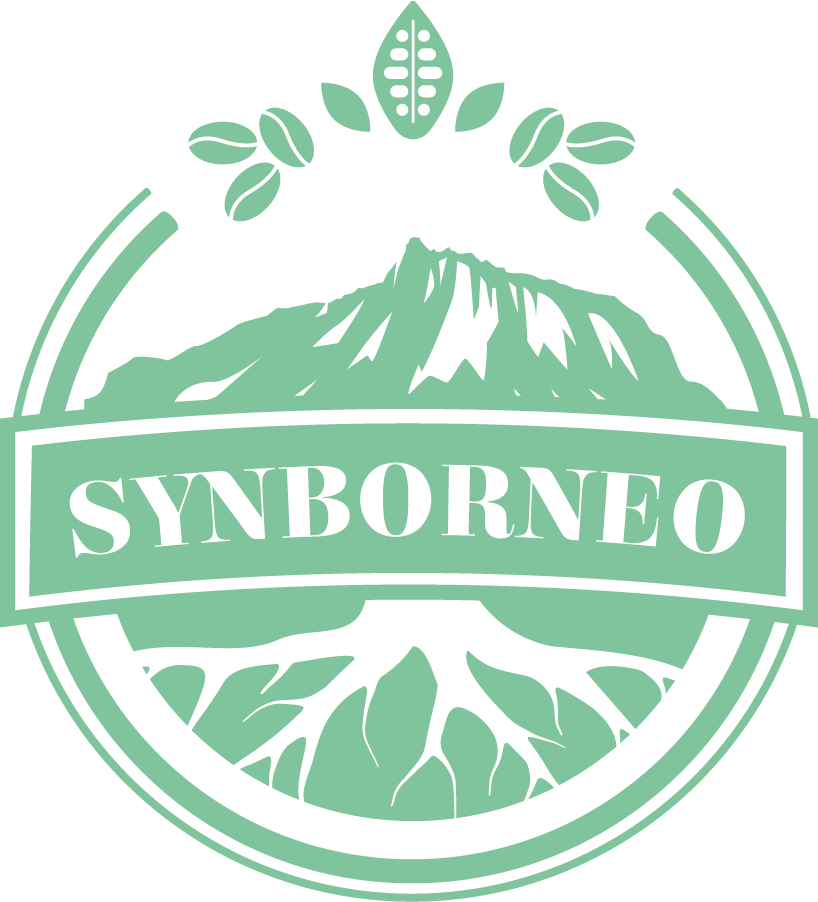Tel: +60 17 293 63 76 | Email : info@synborneo.org

Simon Werren
Dr. Saravana Kumar, MBBS (AIMST), has dedicated 16 years to the medical profession , specialising as a General Practitioner and Occupational Health Specialist for the last 8 years.
Since my Housemanship days in 2008, Sabah has been my cherished home."
The society’s function & mission
The objectives of this association is dedicated to promoting syntropic agriculture - an agroforestry principle developed by Ernst Götsch (https://agendagotsch.com/en.) Syntropic agriculture encompasses various goals, all directed towards the implementation and promotion of sustainable farming method. In general, the association presented here aims towards the following:
Ecological goals:
1. Regeneration of ecosystems and soil health: A primary goal of syntropic agriculture is to regenerate and restore ecosystems holistically. This includes promoting soil health, increasing biodiversity, and creating stable, resilient ecosystems.
2. Improvement of soil health: Through the targeted selection of plants and the promotion of synergistic relationships among them, syntropic agriculture aims to improve soil health, leading to more fertile soils (i.e., better availability of nutrients and water).
3. Promotion of biodiversity: The cultivation of diverse plantings of different species in different (canopy) layers promotes plant diversity and creates habitats for birds, insects, and small mammals, contributing to ecological stability.
4. Sustainable agriculture: Syntropic agriculture relies on sustainable practices aimed at creating long-term healthy and productive agricultural areas without harming the environment. Meaning we avoid planting monocultures, as well as the usage of any artificial fertilizer, herbicide, or pesticide, which all would negatively affect the environment.
5. Climate protection: By promoting agroforestry systems and tree planting, syntropic agriculture contributes to climate protection by sequestering carbon in living biomass and soils, and hereby supports mitigating the impacts of climate change.
6. Landscape repairs: In a further step, reforestation efforts are aimed to be executed at protected areas, improving the habitats of orangutans and ensuring the habitats of other beings for example.
Social goals:
7. Food security: Planting fruit trees and other useful plants in agroforestry systems supports food security by providing various food sources, making the system more resilient against annual fluctuations of yield.
8. Financial security: Similarly to the point above (7. Food Security), a diverse planting system allows the farmers to react more flexible to fluctuating market prices, making him/her less prone to financial short-comings.
9. Demographic empowerment and education: This form of sustainable agroforestry is inclusive to all generations and gender; while in traditional agriculture manpower is required, syntropic farming includes tasks for people of all strength and gender. Furthermore, by creating this inclusive system knowledge is being transferred to all demographic groups.
10. Health benefits: By avoiding the usage of toxic chemicals (e.g., glypohsate) the farmers experience health benefits in this sustainable agricultural method.
Our association, is dedicated to promote syntropic agriculture, will work towards achieving these goals through education, research, practical implementation, and community projects. We will offer training, support and network building to assist at implimenting this sustainable agricultural practices.
